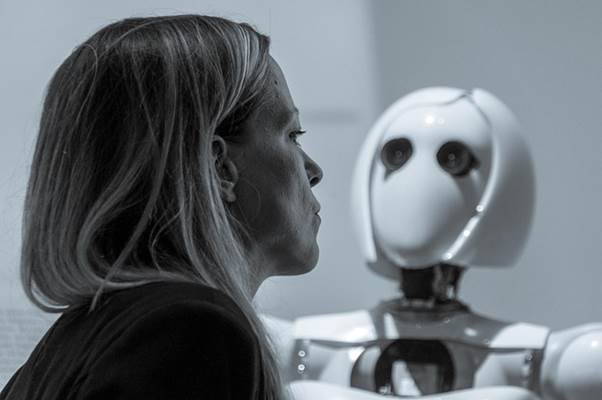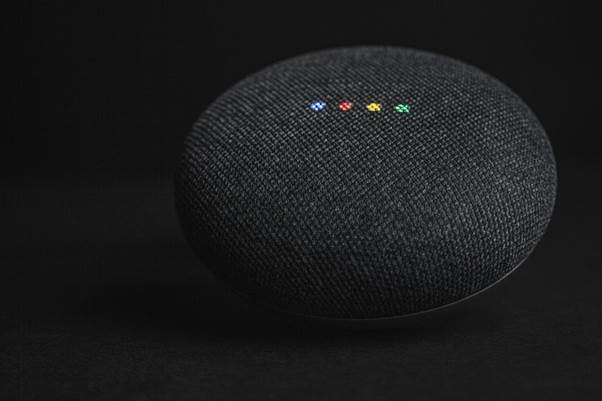The rise of Robotic assistants marks one of the most exciting transformations in modern technology. Once a concept limited to science fiction, these intelligent machines are now becoming everyday realities in homes, workplaces, hospitals, and schools. Equipped with artificial intelligence, machine learning, and advanced sensors, Robotic assistants are designed to support humans in performing tasks, solving problems, and making life more efficient. Their growing role across multiple industries signals a future where collaboration between humans and machines becomes the norm rather than the exception.

What Are Robotic Assistants?
Robotic assistants are advanced machines programmed to perform functions that go beyond simple automation. Unlike traditional robots that repeat mechanical tasks, these assistants are designed to interact with people, adapt to changing environments, and learn from experience. They can answer questions, carry out household chores, help elderly individuals, or provide real-time data in professional settings. The adaptability of Robotic assistants makes them invaluable for both personal convenience and professional productivity.
Evolution of Robotic Assistants
The development of Robotic assistants has been driven by continuous innovation in AI and robotics. Early models were limited to basic commands, but with advances in speech recognition, natural language processing, and emotional intelligence, today’s assistants can understand, respond, and even predict human needs. Over time, their design has shifted from industrial use to everyday applications, making them more accessible to households and organizations alike. The steady evolution of Robotic assistants reflects humanity’s pursuit of efficiency and intelligent companionship.
Robotic Assistants in Healthcare
Healthcare is one of the most critical fields benefiting from Robotic assistants. They assist surgeons with precision tools, deliver medication in hospitals, and monitor patients’ vital signs in real time. For elderly or disabled individuals, Robotic assistants can provide reminders to take medicine, help with mobility, or even offer companionship to combat loneliness. Their ability to reduce medical errors, improve patient care, and support healthcare professionals highlights their growing importance in saving lives and improving well-being.
Workplace Transformation Through Robotic Assistants
In professional settings, Robotic assistants are transforming the way businesses operate. Offices use them to manage schedules, answer customer queries, and process data efficiently. Manufacturing and logistics companies rely on them for inventory management, quality control, and safe handling of hazardous materials. By taking over repetitive and time-consuming tasks, Robotic assistants allow human workers to focus on creativity, innovation, and decision-making. This collaboration between machines and humans increases productivity while improving job satisfaction.
Robotic Assistants in Daily Life
The integration of Robotic assistants into daily routines is becoming more common across households worldwide. From robotic vacuum cleaners and voice-controlled devices to smart home companions, these machines enhance convenience and efficiency. Families can rely on them to control appliances, schedule reminders, or even entertain children. For individuals living alone, Robotic assistants provide a sense of security by monitoring the environment and sending alerts in case of emergencies. Their growing role in everyday life demonstrates how technology can simplify and enrich human experiences.

Role in Education
The education sector has also started embracing Robotic assistants to improve learning experiences. They serve as interactive tutors, helping students practice languages, solve problems, and engage with study material in creative ways. Teachers use them to automate repetitive administrative tasks, freeing up time for more personalized instruction. The presence of Robotic assistants in classrooms creates inclusive learning environments where students can access additional support, ultimately enhancing the quality of education.
Advantages of Robotic Assistants
The advantages of Robotic assistants are numerous. They increase productivity, ensure consistency in task performance, and reduce human error. Their ability to work around the clock makes them highly reliable, while their adaptability allows them to fit into diverse environments. In healthcare, workplaces, and homes, Robotic assistants enhance safety, convenience, and efficiency. Moreover, they contribute to inclusivity by supporting the elderly and individuals with disabilities, empowering them to live more independent lives.
Challenges and Concerns
Despite their benefits, the widespread adoption of Robotic assistants comes with challenges. Privacy and data security are major concerns, as these machines often collect sensitive personal information. The cost of advanced robots limits accessibility for many households and small businesses. Ethical concerns also arise, particularly regarding the potential for job displacement as robots replace certain human tasks. Addressing these issues requires careful regulation, transparent data policies, and ethical design to ensure that Robotic assistants are used responsibly.
The Future of Robotic Assistants
Looking ahead, the future of Robotic assistants is filled with immense potential. Advances in AI and machine learning will enable them to understand emotions, predict needs, and provide even more personalized assistance. In smart cities, they could serve as guides, safety monitors, or public service providers. At home, they may become trusted companions capable of engaging in meaningful conversations. As innovation continues, Robotic assistants will play a central role in creating a future where humans and machines coexist in harmony.
Conclusion
In conclusion, Robotic assistants are not just technological innovations; they represent a significant step toward a new era of human-technology collaboration. From healthcare and education to workplaces and homes, they are reshaping how society functions. While challenges such as cost, ethics, and privacy must be addressed, the advantages they offer are undeniable. As advancements continue, Robotic assistants will become even more integrated into everyday life, transforming the way humans interact with technology and shaping a future of shared progress.